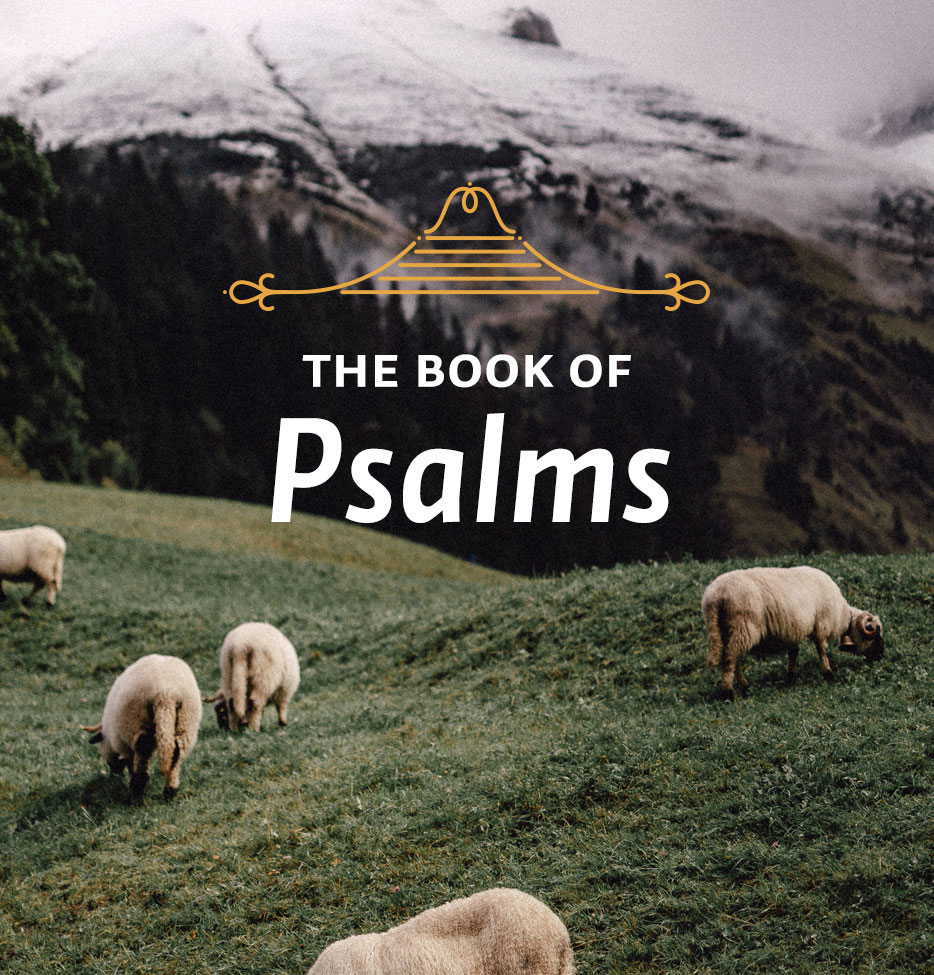Theme: Walk on the Upright Path
In this week’s lessons, we learn about David’s prayers, and how we, too, need to pray for God’s protection as we seek to live an upright life.
Scripture: Psalm 141:1-10
In the last stanza of this psalm (vv. 8-10), we are at the point where the prayer is finished or, since we have been making the link between prayer and worship, where the time of worship ends. In other words, the service is now over. We hear the benediction and are about to go back out into the world. What should have happened to us as a result of the time spent with God? What David suggests is that, having been with God and having prayed to God, we should leave with our eyes still fixed on God. In the world there are dangers. Snares have been set by the wicked, traps by evildoers. But if our eyes are fixed on God, we will be able to walk safely through these many dangers and temptations.
Yesterday’s study referred to Pilgrim’s Progress by John Bunyan, to the scene where Christian and Faithful pass through the city of Vanity Fair on their way to Mount Zion. There is another scene from that same allegory that has always struck me forcefully. Pilgrim is making his way up a steep path by night toward the Porter’s Lodge. He comes to a place where two lions are chained by the path, one on his right and the other on his left. Because he does not know they are chained, he is afraid and about to turn back when the porter calls to him, saying, “Fear not the Lions, for they are chained, and are placed there for trial of faith where it is, and for discovery of those that have none. Keep in the midst of the Path, and no hurt shall come unto thee.” So Pilgrim presses forward, keeping on the straight path by fixing his eyes on the porter and refusing to look at the lions that were lunging at him.1 This is the image David paints. He is fixing his eyes on God as he makes his way through the dangers of this life.
One day Jesus will have destroyed those dangers. The author of Hebrews reminds us of this when he applies the words of Psalm 8 to him: “‘You made him a little lower than the angels; you crowned him with glory and honor and put everything under his feet.’” The writer to the Hebrews goes on to say, “Yet at present we do not see everything subject to him. But we see Jesus….” (Heb. 2:7-9). And that is enough! Therefore, “Let us fix our eyes on Jesus, the author and perfecter of our faith, who for the joy set before him endured the cross, scorning its shame, and sat down at the right hand of the throne of God. Consider him who endured such opposition from sinful men, so that you will not grow weary and lose heart” (Heb. 12:2, 3). That is where all true worship should end.
1Pilgrim’s Progress by John Bunyan and the Lives of John Donne and George Herbert by Izaak Walton in The Harvard Classics, ed. Charles W. Eliot (Norwalk, CT: The Easton Press, 1933), pp. 49, 50.
Study Questions:
Where does true worship end?
What does the image from Pilgrim’s Progress illustrate?
Application: In what way does your life resemble or differ from Pilgrim’s, fixing your eyes on God as you walk past dangers of life?
Key Point: Having been with God and having prayed to God, we should leave with our eyes still fixed on God.
For Further Study: The Psalms can also be used to guide us in our prayers, directing our praise and petitions to the Lord. Order your copy of James Boice’s three-volume paperback set on the Psalms, and receive 25% off the regular price.






